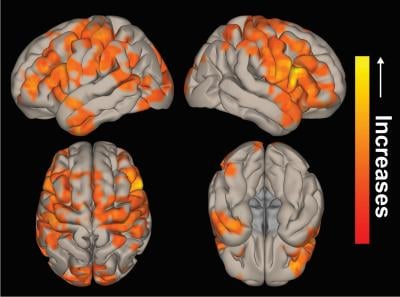OBJECTIVE: To examine the behavioral functioning of children prenatally exposed to carbamazepine (CBZ), lamotrigine (LTG), levetiracetam (LEV), or valproate (VPA) monotherapy.
METHODS: In collaboration with the European Registry of Antiepileptic Drugs and Pregnancy (EURAP), the Dutch EURAP & Development study was designed, a prospective observational study. Between January 2015 and March 2018, the Child Behavior Checklist and the Social Emotional Questionnaire were used to examine the nature and severity of behavioral problems. VPA-exposed children were compared to children exposed to CBZ, LTG, or LEV, taking potential confounders into account. A direct comparison was also made between LTG and LEV, as these are first-choice treatments for many women with epilepsy of childbearing potential.
RESULTS: Of the 405 invited, 181 children were included; 26 were exposed to VPA, 37 to CBZ, 88 to LTG, and 30 to LEV. For most children, both parents completed the behavioral questionnaires. Across all four antiepileptic drug (AED) exposure groups, high percentages of children with clinically relevant behavior problems were found, with behavioral problems occurring in 32% of VPA-exposed children, 14% of CBZ, 16% of LTG, and 14% of LEV. After controlling for potential confounders, VPA-exposed children had significantly more social problems than those exposed to lamotrigine, and significantly more attention problems than levetiracetam-exposed children. Lamotrigine-exposed children had significantly more attention deficit, but significantly less anxious behavior when compared to levetiracetam-exposed children.
SIGNIFICANCE: Compared to population norms, a high proportion of children of mothers with epilepsy exposed prenatally to monotherapy with four common antiepileptic drugs had clinical behavioral problems reported by parents. Different patterns were seen, with some but not all subscales raised for all antiepileptic drug exposure groups. It is important that prenatally antiepileptic drug-exposed children are regularly screened for behavioral problems so that appropriate help can be provided.



